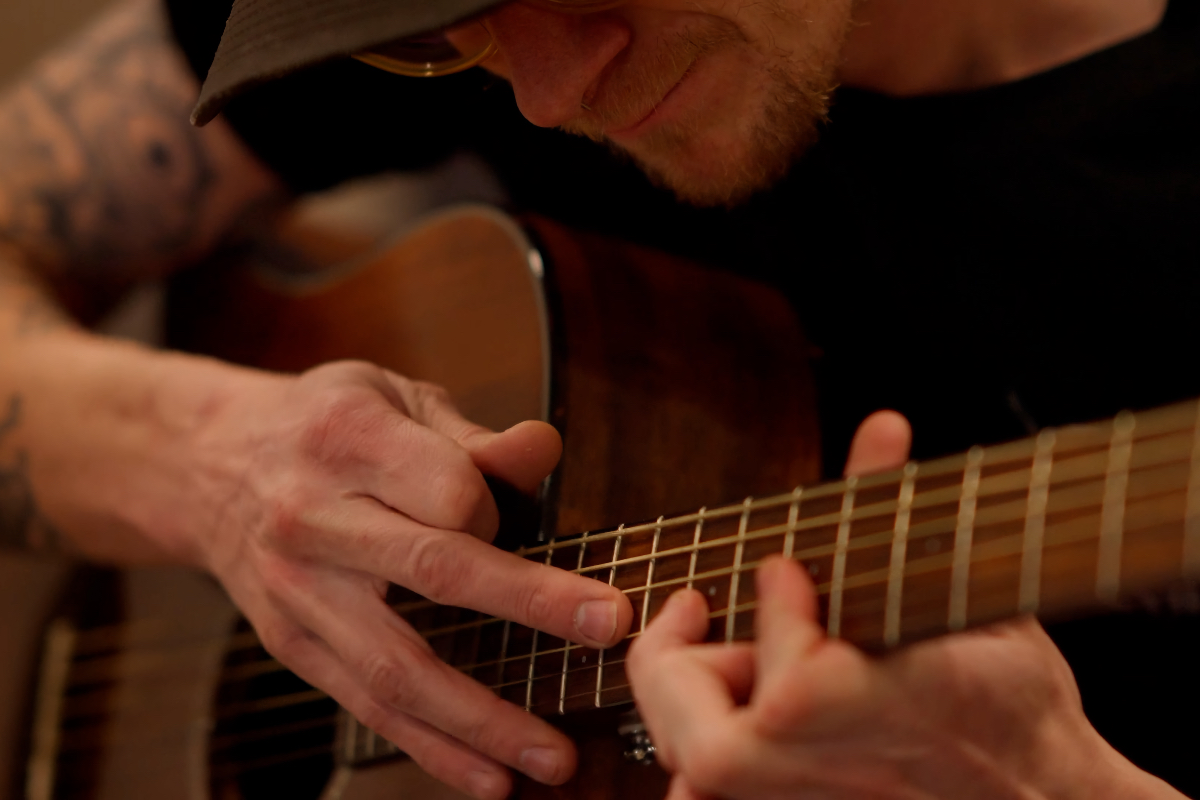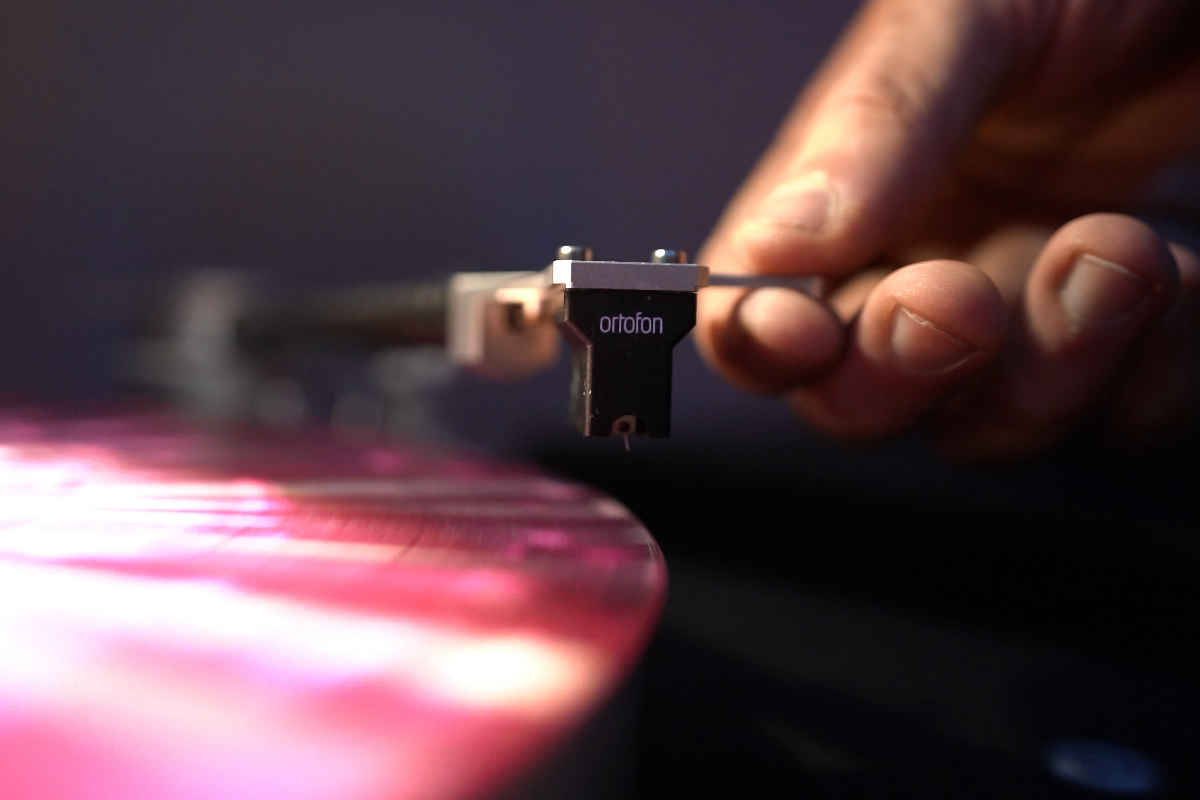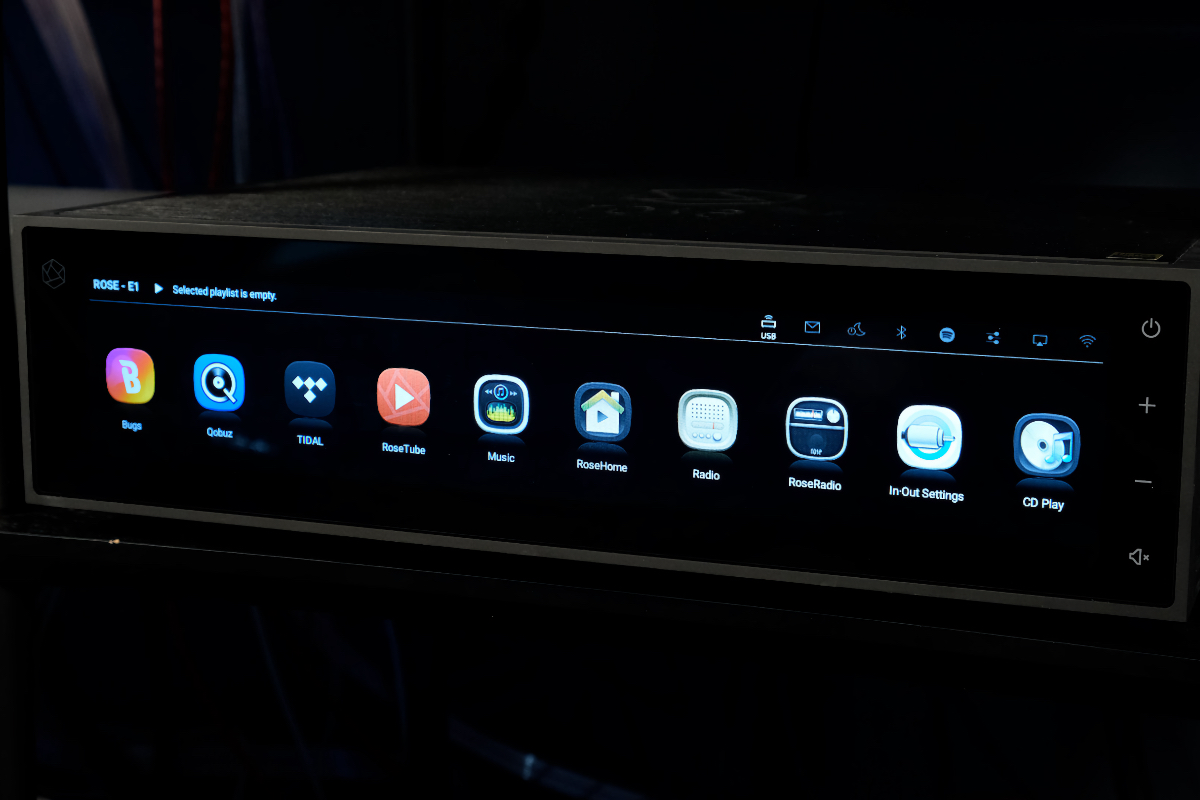How To Develop Critical Listening Skills

Have you ever had the experience of listening to a song you’ve heard a thousand times before, but suddenly it sounds… different? Maybe you’ve added new speakers or changed the cables between your source and amplifier? Whatever the reason for the sudden change in sound, it’s a step toward critical listening. It’s not much different than that first bite of a gourmet meal when your taste buds explode. There’s something new happening.
In the world of audio, it’s called critical listening. You might think it’s just something that audio engineers and producers do (which they do!), but it’s a skill you can develop to enhance your enjoyment of music. It can also help you select your next piece of audio equipment or impress your friends at a listening party. Whether you’re a seasoned audiophile or simply someone who loves music, read on. We’re about to tune into the finer points of sound.
Develop critical Listening Skills
Do you remember the first time you tasted coffee? It may have tasted bitter, but after a couple more cups, it was only coffee. There was nothing special going on to excite your taste buds. Along the way, as you were exposed to different brews, you learned more about the nuances different beans presented. You started noticing hints of chocolate, fruitiness, or that weird thing baristas call “mouthfeel”. Critical listening skills are a lot like that but for your ears.
To develop this skill, you want to start by building your sonic foundation. This could involve experimenting with different equipment and different formats. If you’re used to hearing your favorite album on vinyl, track down a copy on a high-resolution digital file. Compare how it sounds through speakers versus headphones. If you don’t hear much of a difference at first, it’s totally normal. All wines taste alike in the beginning until they don’t. You’re training your ear, and like anything that involves training, it takes time.
Next, start to focus on the elements of the music. Can you pick out individual instruments? Can you follow the bass line? What about the backing vocals? If you’re listening to Rush’s Moving Pictures, does Neil Peart’s drum fills cascade from one speaker to the next? Can you hear it travel in the space between the speakers? As you listen, try to be aware of effects like reverb or delay. It may feel like work at first, but trust me, it becomes second nature with practice.
One little pro tip here: if possible, create a comfortable and quiet listening space. It’s difficult to appreciate the subtleties of sound when the latest episode of The Boys is blaring from the next room.
Key Elements of Critical Listening in High-End Audio
Now we’re getting to some of the good stuff. If you find yourself at a dinner party or out for a drink with a group of audiophiles, there are a few key elements you will hear them talk about. Terms like “soundstage” and “imaging”.
Let’s start with what “soundstage” even means. Imagine your favorite band or artist has set up their equipment in your listening room. If you close your eyes when they begin to play, you can probably, if prompted, point to where the rhythm guitarist is standing and where the vocalist is, even if they move from one side of the room to the other. There will be moments when that “stage” seems to become larger than the room itself, and you’ll suddenly open your eyes, wondering if you’ve been instantly transported to a larger space. That’s “soundstage”.

Imaging goes hand-in-hand with soundstage, but it’s more about focus than placement. Are the instruments and vocals clear and precise? Are they fuzzy? Great imaging can make you feel like you could reach out and touch the singer’s mic stand.
And then there’s tonal balance. The best way to describe it is the EQ of real life. Are the bass player, guitarist, drums, and singer all playing nicely together? Think of this also as the bass, treble, and midrange. Is one hogging the spotlight? Dynamics also come into play here – tiny, delicate changes (micro-dynamics) and the big ones (macro-dynamics). A system with good dynamics can make you jump when a singer suddenly screams a line when the instruments pause.
Tools and Techniques for Critical Listening
Knowing what to listen for is great, but let’s talk about how to listen. I can tell you about playing barre chords, but it doesn’t help much if I don’t teach you.
One of the best tools in your critical listening toolkit is a set of reference tracks. These are the songs you know inside and out and have heard more times than you care to count. They are your audio litmus test – you’ll use them to evaluate new equipment or check when something doesn’t quite sound right with your system.
A/B testing is another great technique. Let’s say I have both vinyl and digital versions of Phish’s Lawn Boy and like to use “Bouncing Around the Room” as a reference track. The trick is to switch back and forth between the two sources quickly, if possible, and listen for differences.
[PHISH’S LAWN BOY]
You can also experiment with volume levels. Some things are more noticeable at low volumes, and some at high volumes. A great way to track what you’re hearing is to record it in a journal, either a physical notebook or an app on your phone. You’ll begin to notice how your critical listening skills have increased over time. It will serve as a record of your audio journey. You might use what you’ve collected and write the next great audiophile memoir (or maybe the first one!).
Challenges in Critical Listening
Even for audiophiles who have been doing this for years, it isn’t always a walk in the park. One common challenge is listener fatigue. You know how your eyes get tired from staring at a screen all day? Your ears can get worn out, too. This can be especially so after an intense and prolonged listening session. If you are faced with a long day of listening, take breaks and call it a day if everything begins to sound the same.
And then there’s bias and expectation. Say you’ve just spent two weeks ’ pay on a used amplifier you’ve been waiting to buy. After weeks of saving, you really want it to sound amazing. It may be hard to approach your first few hours with it critically and with an open mind. If you can do some blind tests, that could help you determine if the new addition to your system was everything you hoped it would be.
Another challenge is the listening environment itself. This means the room. If your room acoustics are wonky, even the most expensive system in the world may sound off. Experiment with speaker placement and room treatment. Nothing is perfect, and even imperfectly perfect is better than a room full of reflections.
The Role of Equipment in Critical Listening
Now we get to the gear! It goes without saying, but this is really about the equipment. But here’s a little secret if you promise to keep it to yourself: more expensive equipment doesn’t always mean better. There’s a right match for every ear and every budget.
Speakers (or headphones) are arguably the most important link in the audio chain. There is no end to the debate on this. It does have some merit when you consider that they’re the last step before the sound reaches your ears. They have a huge impact on soundstage and imaging. Your amp does as well since it’s the engine of your system. Then, some will claim that the source components matter most. If you’re a vinyl junkie, that means your turntable, cartridge, and phono stage. If you’re all about that digital life, you’ll instead focus on streaming devices, network players, and DACs.
Remember, the goal is to reproduce music as accurately as possible. Some of the best gear doesn’t have a “sound” of its own – it just lets the music through. While it’s fun to geek out about equipment (and it IS fun!), don’t lose sight of what really matters: the music being reproduced.
Applying Critical Listening Skills
Now that you’ve entered the somewhat untethered world of critical listening skills – now what? What do you do with these new superpowers when evaluating equipment? Get this – you’ll be able to tell if that new set of speakers is worth the upgrade or if your best friend’s claim about their “life-changing” cables is wishful thinking.
As fun as those things might be, critical listening can help you appreciate music on an entirely new level. You’ll notice details you’ve never heard before, even in songs you’ve grown up with. Think of these little details like audio easter eggs.
You can also use your new skills to improve your own setup. Maybe you’ll move your speakers a little further apart, or invest in a better DAC.
The most important thing to remember is to not allow critical listening to suck the joy of music. It’s a tool to enhance the experience. There is always time for analytical listening sessions, but there should be more times when you pour a glass of wine, sit back, and listen to Frank Sinatra croon live at the Sands.
So go forth and listen joyfully.


